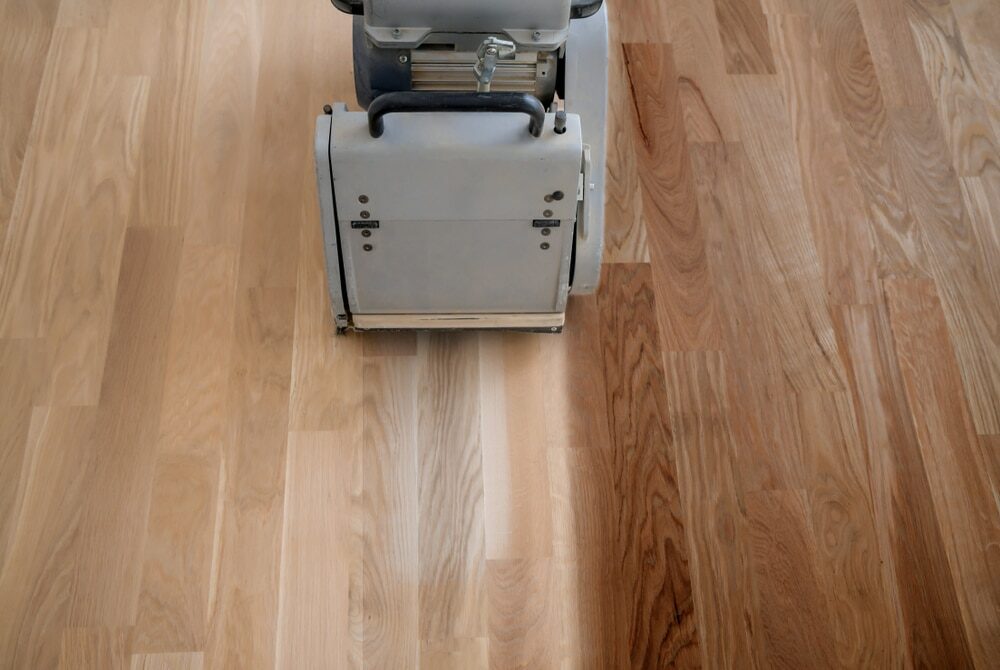London:
Nationwide:
Sanding Wooden Floors – An Historical Inspiration
VIEW PRICINGSanding Wooden Floors – An Historical Inspiration
Since time immemorial, wooden floors have been a testimony to history, telling tales of times past and standing as a testament to the craftsmanship of yore. From palatial halls to humble abodes, sanding wooden floors has long been an integral part of preserving the charm of these historical structures. This blog post seeks to shed light on this age-old practise and serve as inspiration to breathe new life into your wooden floors.

A Journey Through Time: The History of Wooden Floors
Ancient Practises: The Humble Beginnings
In ancient times, wooden flooring was rudimentary, made from roughly hewn timber. The concept of sanding wooden floors was unheard of, and homeowners simply replaced or covered damaged boards. Nonetheless, the essence of preserving the aesthetics and functionality of wooden floors was there, and this laid the foundation for future practises.
Evolution in the Middle Ages: The Birth of Sanding
During the Middle Ages, wide planks of solid wood began to be used for flooring, and the first instances of floor sanding emerged. Tradesmen would scrape the wood’s surface with a metal blade to smooth out imperfections and then rub the floor with sand to reduce splinters and improve the finish.
The Industrial Revolution: Modern Sanding Takes Shape
With the advent of the Industrial Revolution, power tools were born, significantly changing the process of sanding wooden floors. The drum sander, invented in the early 20th century, revolutionised wooden floor maintenance by making sanding quicker and more efficient.
Inspirational Historical Examples of Sanded Wooden Floors
Versailles: The Parquet de Versailles
The Palace of Versailles houses one of the most famous examples of sanded wooden flooring in history, the Parquet de Versailles. Crafted in the 17th century, these geometrically patterned parquet floors have been meticulously maintained over centuries, inspiring countless homeowners worldwide to adopt the art of floor sanding.
Thomas Jefferson’s Monticello: The Charm of Pine Floors
Monticello, the home of U.S. President Thomas Jefferson, is another excellent example of the history and beauty of wooden floors. The wide-planked pine floors, sanded and preserved, offer a warm, rustic charm, inspiring many to restore and maintain their own wooden floors.
Sanding Your Wooden Floors: A Historical Craft in Your Hands
Embracing the historical practise of sanding wooden floors can add an intriguing and inspirational dimension to your home maintenance. To undertake this task, follow these steps:
Step 1: Preparation
Remove furniture and clean the surface thoroughly. Ensure nails or other protrusions are adequately dealt with to prevent damage during sanding.
Step 2: Sanding
Using a drum or orbital sander, start sanding your floor, beginning with the edges and corners. Use coarse sandpaper (30–40 grit) initially, followed by medium (60–80 grit), and then fine (100–120 grit) for a smooth finish.

Step 3: Cleanup and Finish
Post-sanding, clean the floor to remove dust particles. Once the floor is clean, you can apply your chosen finish, allowing it to dry as per the manufacturer’s instructions.

Conclusion: Embrace the Legacy of Sanding Wooden Floors
By taking on the task of sanding your wooden floors, you’re not only participating in a DIY home improvement project but also continuing a centuries-old tradition of craftsmanship and preservation. Sanding wooden floors allows us to maintain a tangible connection to history, appreciating the charm and elegance of the past while enhancing our living spaces’ comfort and beauty.
As we’ve learned, sanding wooden floors is an age-old practise born out of necessity and elevated to an art form. So, the next time you look down at your wooden floors, think about the history beneath your feet, roll up your sleeves, and consider taking on the rewarding task of sanding your floors—a historical inspiration indeed!
Request a fixed price quote for your wood floor restoration now
Simply enter your postcode below to get started.
Services
Wood Floor Sanding Wood Floor Restoration Wood Floor Scratch Repair Squeaky Wood Floor Repair Parquet Floor Sanding Parquet Floor Restoration Commercial Floor Sanding Church Floor Sanding Community Centre Floor Sanding School Floor Sanding Gap Filling Gap Filling with ResinCopyright © Mr Sander®
Privacy & Cookies Terms & Conditions Complaints Procedure Cancellation Rights Sitemap


